Let's Build a Chip - We lay out the costs of building a chip - with spreadsheets!
Research and publish the best content.
Get Started for FREE
Sign up with Facebook Sign up with X
I don't have a Facebook or a X account
Already have an account: Login
Get weekly or monthly digest of all posts in your inbox: https://fmcs.digital/wim-subscribe
Curated by
Farid Mheir
 Your new post is loading... Your new post is loading...
|

Curated by Farid Mheir
Get every post weekly in your inbox by registering here: http://fmcs.digital/newsletter-signup/
|




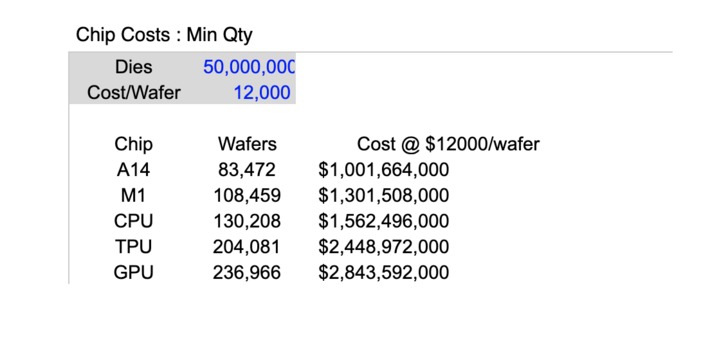

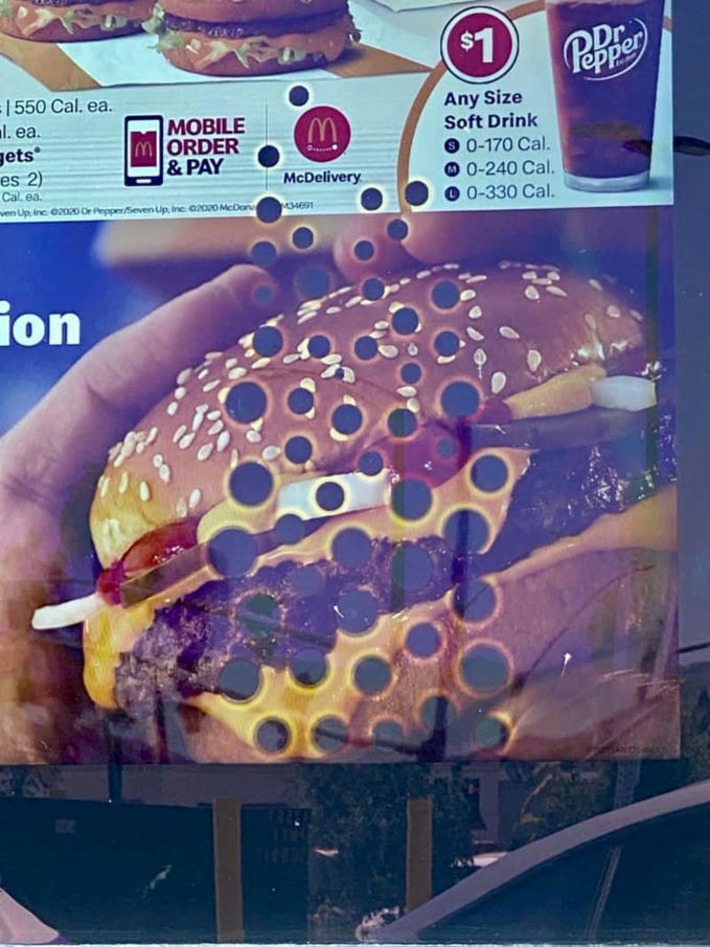
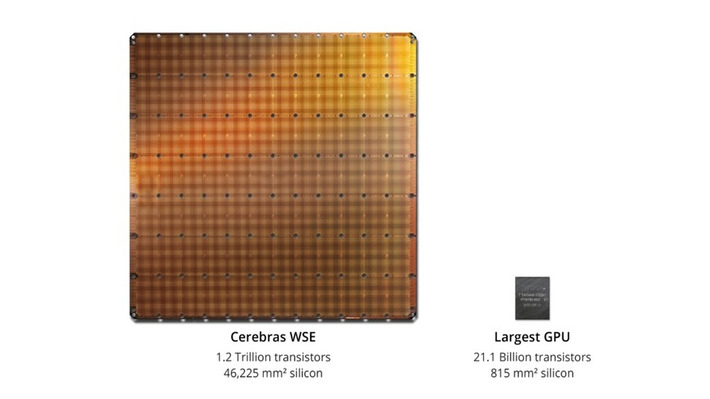
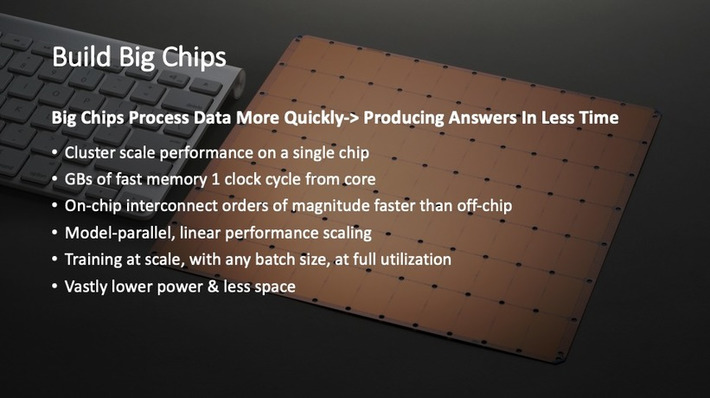

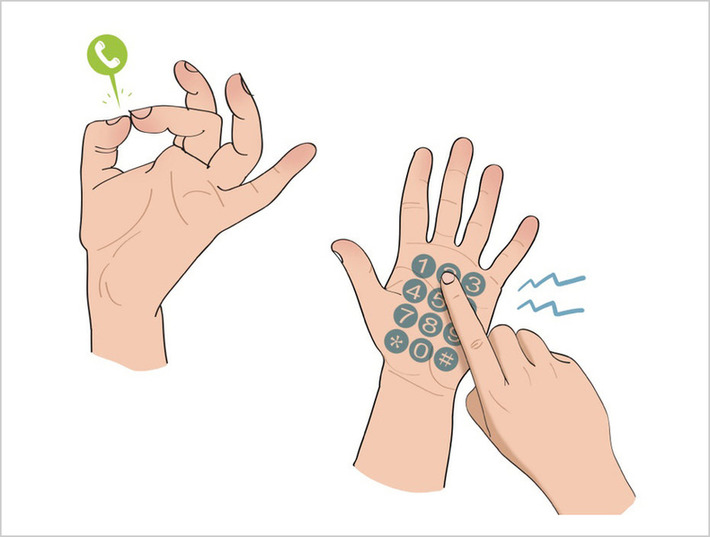
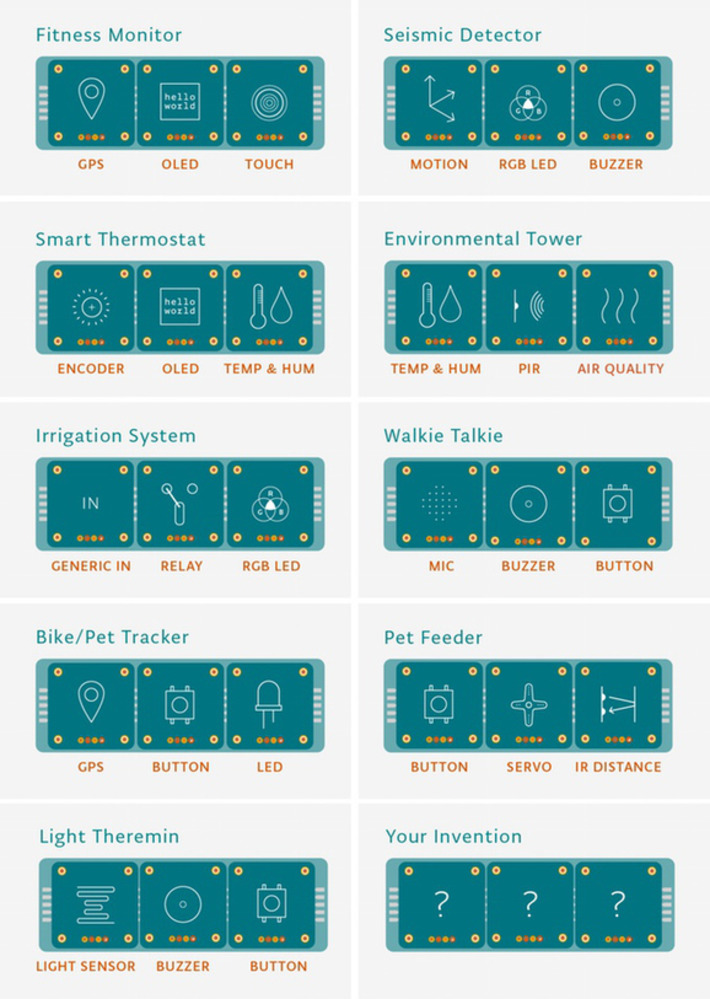








WHY IT MATTERS: my master and first jobs where building ASICs in the 1980s-1990s. So articles like these resonate as they show with numbers the very high cost of creating your own silicon. And if I understand it, 2B$ is the cost of silicon *production*, not the cost of building the foundry - which I assume is an order of magnitude or more expensive. But when companies like Apple sell billions of phones or Tesla sells millions of cars, the economics of build-vs-buy can tip in the favor buidling. Beware: the article is back of the envelope / educated guesses. Nevertheless fascinating!